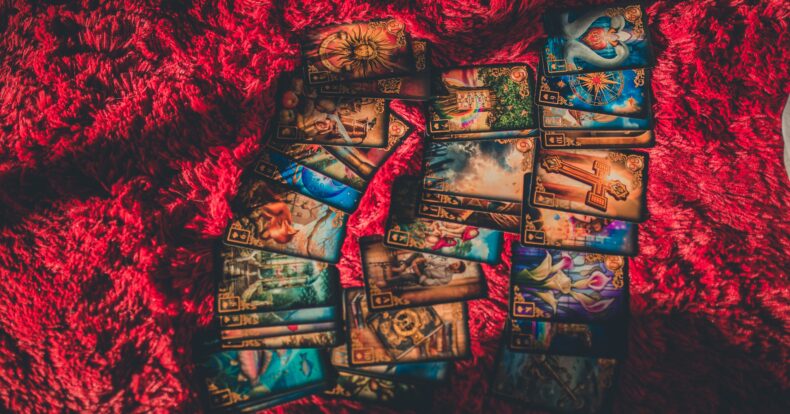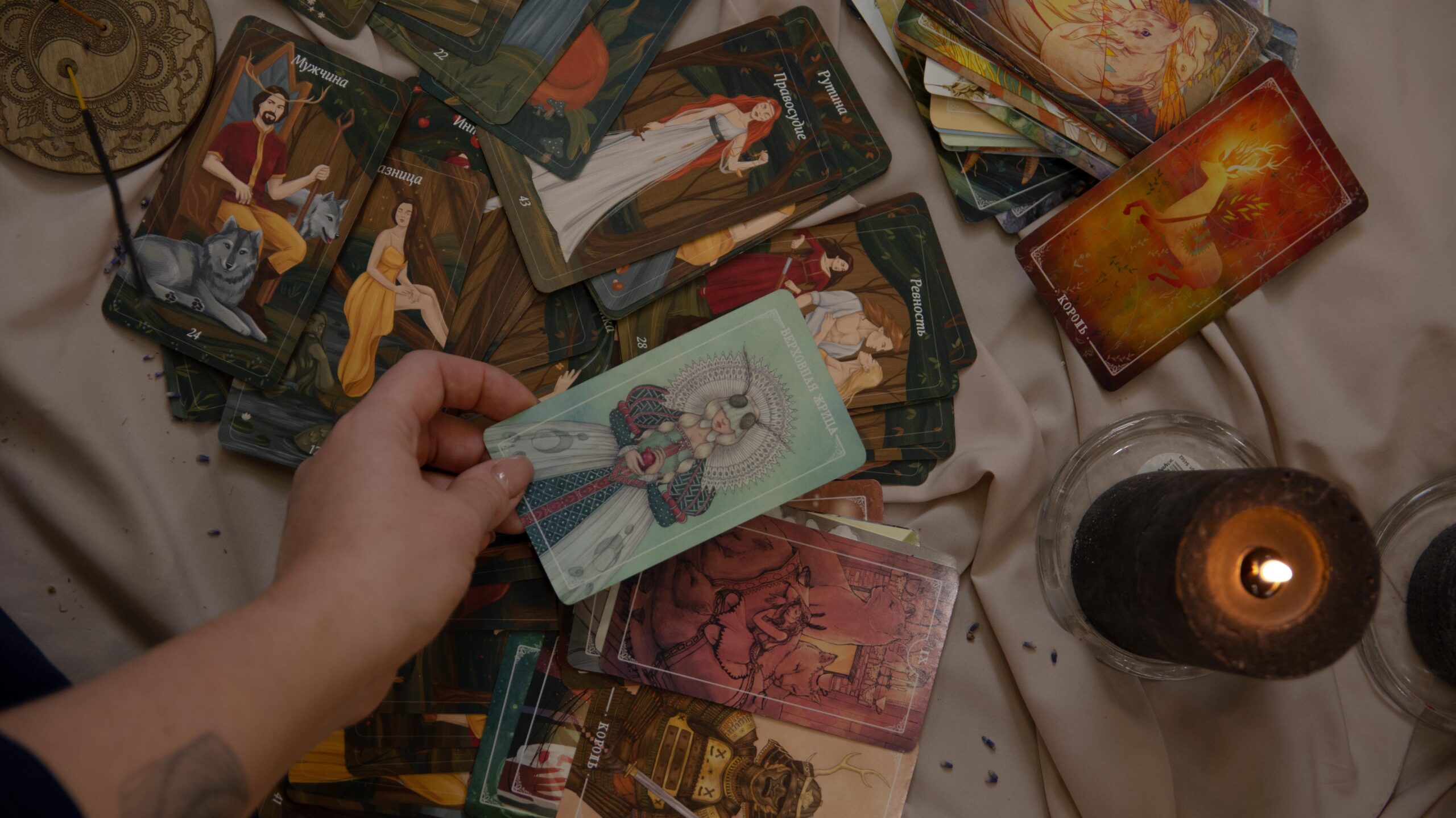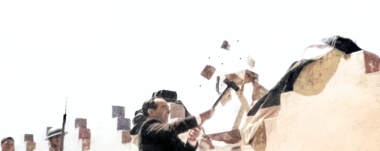Tarot: A Spiritual Guide

There are several very common misconceptions about tarot cards, including that they are as old as the world, coming originally from Ancient Egypt, depicted on the obelisks of Babylon. In reality, despite attempts to find ancient traces in the history of tarot, there is no evidence.
In Europe, tarot cards appeared at the end of the 14th century, having probably arrived there from the Ottoman Empire, and became popular in the middle of the 15th century. They were known as “trionfi”, “tarokki” or “tarok”. In fact, they had nothing to do with divining the future. The mystical belief in tarot appeared in the 18th century, thanks to the French writer Antoine Cours de Gebelin. In his multi-volume essay “The Primitive World,” he claimed that tarot cards had their origins in sacred books written by ancient Egyptian priests. In fact, according to his theory, the cards were brought to Europe by the Gypsies.
On the other hand, Spiritism in Costa Rica emerged at the beginning of the 20th century and was followed by well known figures of the intellectual and political elite. This, within the framework of the Catholic-Christian culture, miracles, prayers, and every source that reveals the creativity of the religious experience.
Tarot
The cards are read through while asking what you want to know and intensionandolas on what I want to know. The process itself is simple, the guest asks a question out loud or to him/herself. The interpreter then places the cards on a certain number in order to get an answer. In addition, the fortune teller interprets the cards taken, based on the meanings of the Arcanes, the name given to the cards in the tarot.
Each of the cards has a different meaning, so you have to study them separately and learn to interpret them together
These meanings are described in books about divination, or the meaning is simply taken through intuition. Of course, the context is important, the role of the interpreter is to answer exactly the question of the person being read.
Work, love, relationships or future situations are some of the things that can be asked in a spread. However, “should” questions rarely allow the tarot cards to help because these questions take away the power to make one’s own decisions.

Intuition, your future self, ancestors, spiritual guides
From experiences lived, in a session, acceptance is one of the easiest ways to harmonize the reading of the cards. The emotions play an important role and make the journey a little more pleasant and gentle by accepting what the spirit guides have to say.
When you are ready to connect and work with the tarot you must do so in a peaceful and harmonious state of mind and emotion. You must enter with an open mind and humility. Because at that moment, people are just a conduit, a tool through the higher energies will be able to communicate and bring information to be able to help in any circumstance. It is necessary to disconnect from preconceived ideas and ego.
Many people can experience a feeling of tranquility and well-being. In other words, they may feel that they are in possession of this information that the tarot provides them with. While others may go to the tarot reader just for fun or play, there will be people who don’t need it at all.
Changes, transformation, a spiritual guide that allows one to visualize what is coming according to one’s own actions, help to make decisions and prepare for future situations
Sometimes, people have to accept the answers that do not please them, since it is believed that everything that happens to them in this life is the right thing and necessary for learning and evolution. Although it is also true that the tarot is an instrument that can bring light to our existence, everyone has free will, so we can change what we do not like, as long as it is not subject to the law of karma.
Steph Vega Acuña in collaboration with Sensorial Sunsets
Navigate articles




